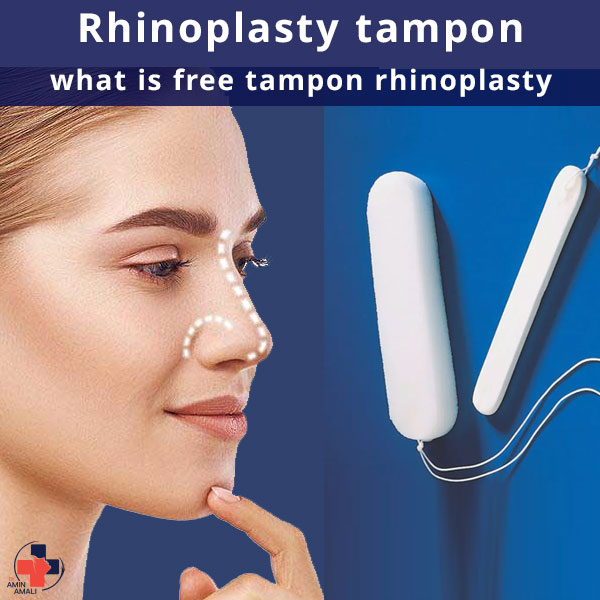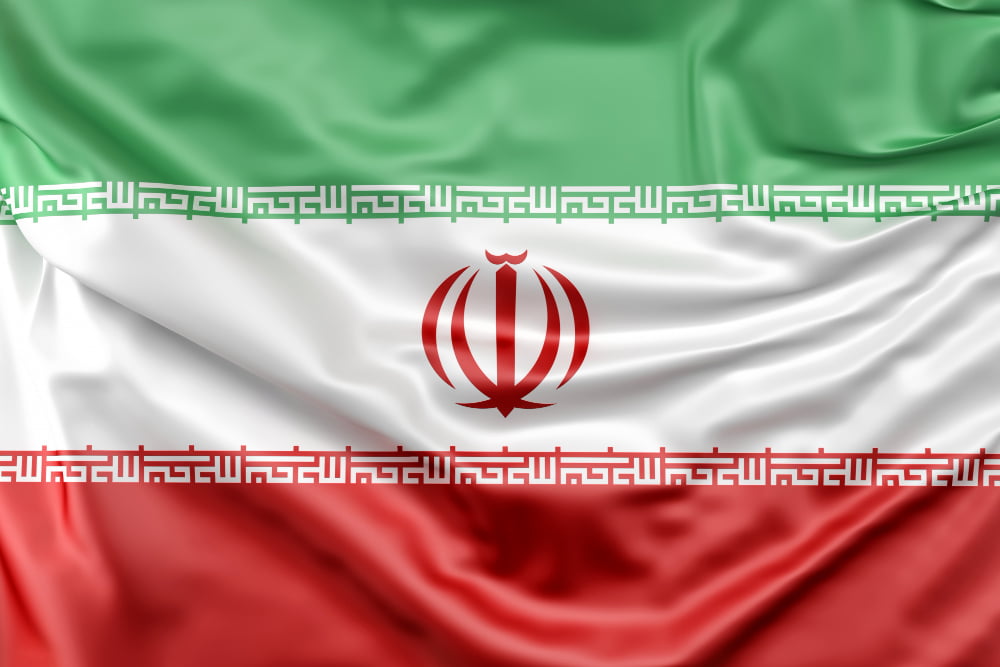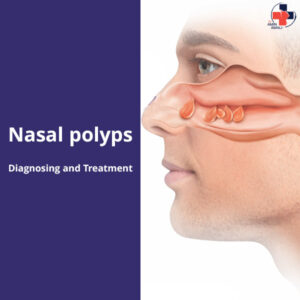A rhinoplasty tampon, also known as nasal packing, is a sterile piece of gauze or cotton that is inserted into the nostrils after rhinoplasty surgery. There are two main purposes for using a rhinoplasty tampon:
- Absorb bleeding: The tampon helps to absorb any blood or fluid that drains from the nose after surgery. This can help to reduce swelling and discomfort.
- Support the septum: The septum is the wall of cartilage that separates the two nostrils. In some cases, the surgeon may use a tampon to help support the septum in its new position.

when to use tampon?
The use of rhinoplasty tampons is becoming less common as surgical techniques improve. However, they may still be used in some cases, such as:
- If the rhinoplasty surgeon has done extensive work on the septum
- If there is a significant risk of bleeding
The tampons are typically left in place for 12-24 hours after surgery. They can be uncomfortable to have in, and removal can be irritating. Your doctor will give you specific instructions on how to care for your nose after surgery, including how to remove the tampons.
Here are some additional things to keep in mind about rhinoplasty tampons:
- Not all surgeons use tampons after rhinoplasty.
- Modern tampons are shorter and softer than older models, which can make them more comfortable.
- There are also silicone tampons available, which are designed to be more comfortable to remove.
- If you have any concerns about nasal packing, be sure to discuss them with your doctor before surgery.
Is nasal tampon removal painful
Nasal tampon removal can be uncomfortable and irritating, but it shouldn’t be excruciatingly painful. Several factors can influence the discomfort level:
- Tampon type: Modern tampons are designed for easier removal, being softer and shorter than older versions.
- Length of time in place: Tampons left in longer tend to dry out and adhere more to tissues, making removal more irritating.
- Presence of scar tissue or blood clots: Disrupting these during removal can cause some stinging or discomfort.
Here’s what you can expect:
- Some pressure or tugging: As the tampon is gently removed, you might feel some pressure or pulling sensation in your nose.
- Stinging or burning: The tissues in your nose might be sensitive, especially after surgery, so there could be a brief stinging sensation.
- Minor bleeding: This is usually minimal and temporary.
If you’re anticipating removal and feeling anxious, discuss pain management options with your doctor. They might recommend:
- Over-the-counter pain relievers: Taking pain medication like ibuprofen or acetaminophen beforehand can help.
- Anesthetic spray: A numbing spray applied to the nostrils can reduce discomfort during removal.
Remember, it’s important not to attempt removing the tampon yourself. Your doctor will be experienced in minimizing discomfort during removal.
tampon-free rhinoplasty
Rhinoplasty without tampons, also known as tampon-free rhinoplasty, is an advancement in rhinoplasty surgery that eliminates the need for traditional nasal packing.
Rise of Tampon-free rhinoplasty:
- Improved techniques: Surgical advancements allow for better control of bleeding and refined suturing methods for septal support, reducing reliance on tampons.
- Patient comfort: Tampons can be uncomfortable and cause difficulty breathing after surgery. Tampon-free rhinoplasty offers a more comfortable recovery experience.
Alternatives to tampons:
- Silicone splints: These are soft, inert inserts placed inside the nose for support and minimal obstruction.
- Sutures and internal bracing: Specific stitches and internal splints can be used to achieve stability without needing tampons.
Benefits of Tampon-free rhinoplasty:
- Easier breathing: No nasal blockage allows for better breathing post-surgery.
- Reduced discomfort: No irritation or pressure from tampons.
- Faster recovery: Potentially quicker healing due to improved comfort and airflow.
Not for everyone:
- Surgical complexity: Extensive septal work or high bleeding risk scenarios might still require tampons for optimal results.
- Surgeon’s expertise: This technique hinges on the surgeon’s skill and experience with tampon-free methods.
Consultation is key:
Discuss your desire for tampon-free rhinoplasty with a qualified surgeon. They can assess your suitability for this approach based on your specific case and medical history. They’ll also explain the pros and cons in detail, allowing you to make an informed decision.











